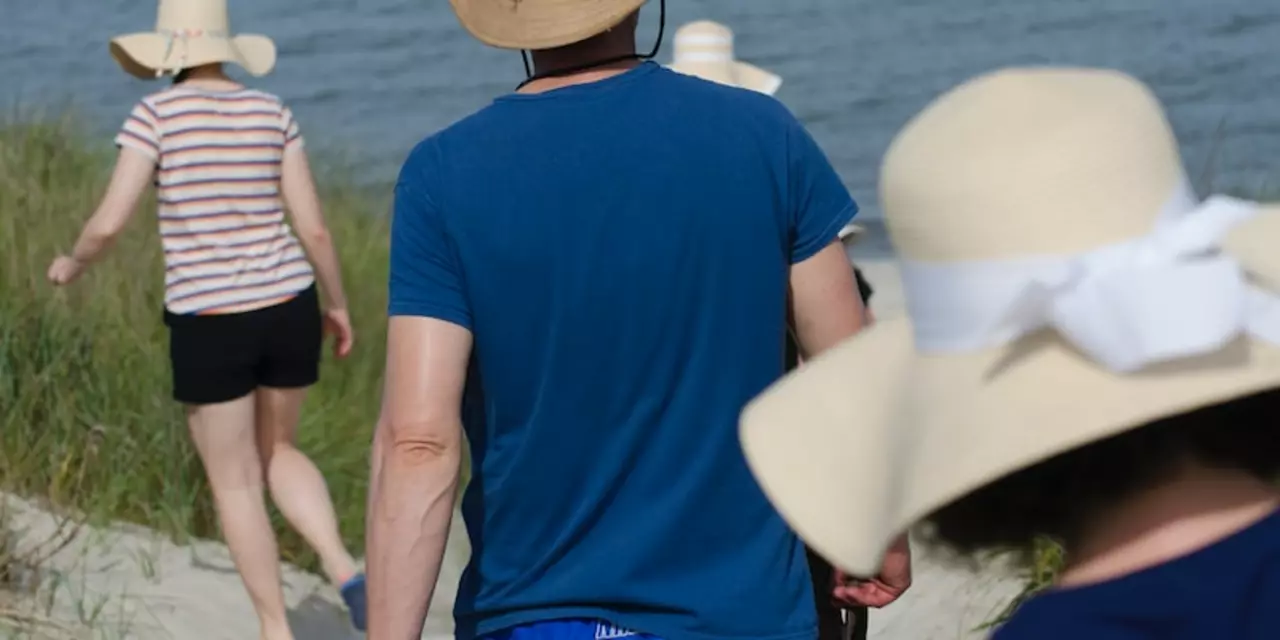Sun Protection: Simple Strategies That Actually Work
Sun protection isn't just a summer thing. Harmful UV rays hit your skin all year, and they’re sneakier than most people realize. It’s not just about avoiding a nasty sunburn—long-term exposure raises your risk for skin cancer, speeds up wrinkles, and messes with your skin’s health. The good news? A few tweaks to your daily routine make a world of difference.
Most folks grab sunscreen when they’re headed to the beach, but even cloudy days and quick walks outside add up. UV damage happens while driving, jogging, or even sitting near bright windows. Ever gotten a sunburn on an overcast day? That’s your proof—clouds don’t block much UV. That’s why wearing sunscreen every single day, not just on vacation, is the real game changer.
Now, not all sunscreens are equal. You want one that’s at least SPF 30 and protects against both UVA and UVB rays (check the label for "broad spectrum"). Don’t just dab a little on your nose—a generous, even layer on all exposed skin is key. If you’re swimming or sweating, reapply every two hours. Missed a spot? Ears, back of your neck, and hands are common trouble areas people forget, but they burn just as easily.
Tired of greasy lotions? There are non-sticky gels, sprays, and even powders that work for different skin types. If you break out or your skin is sensitive, try a mineral formula with zinc oxide or titanium dioxide—they sit on top of the skin and defend against both rays without causing irritation.
Sun protection isn’t all lotion and cream. UPF clothing (like rash guards and hats) adds another layer of defense—super helpful if you’re out for a hike or gardening. A wide-brimmed hat, sunglasses with UV-block, and hanging out in the shade during peak hours (usually 10am-4pm) pack a punch too. Just don’t rely on shade alone—reflected light off water, sand, and even concrete still reaches you.
Think darker complexion means you’re immune? You’re less likely to burn, sure, but sun damage still builds up and raises the risk of skin cancer. Everyone, no matter their skin tone, needs protection. Don’t let tanning myths fool you—a base tan won’t shield you from harm. The healthy glow it gives is actually skin cells in distress.
If you already have sun damage—freckles, spots, rough patches—it’s not too late. Start protecting your skin now, and you’ll see improvements over time. Regular checks for weird moles or changes in your skin are smart, too. And for any suspicious spots, talk with a dermatologist sooner rather than later.
Easy habits build up big results. Keep a small sunscreen in your bag or car, throw on a hat, and remind your family before any outing. Your skin is your body’s first line of defense—take five seconds to protect it, and you’ll thank yourself down the road.
How do we protect our skin from the sun?
Protecting our skin from the sun is important for maintaining healthy, youthful-looking skin. The best way to protect our skin is with a combination of avoiding sun exposure, wearing sun-protective clothing, and applying sunscreen. To avoid sun exposure, try to stay in the shade when the sun is at its strongest and wear a hat to protect your face. Long-sleeved shirts, pants, and sunglasses can also provide protection from the sun’s harmful UV rays. Lastly, sunscreen should be applied liberally before heading outside and reapplied every two hours. With a few simple steps, we can protect our skin from sun damage and keep it looking and feeling healthy.
